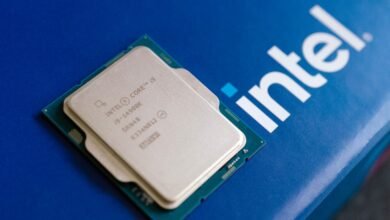Secure Enclave Defenses from Nvidia, AMD, Intel Under Siege

▼ Summary
– Trusted execution environments (TEEs) are widely used in blockchain, cloud services, and sensitive industries like AI and finance, with heavy reliance on Nvidia, AMD, and Intel technologies.
– A new physical attack called TEE.fail defeats the latest TEE protections from all three chipmakers by inserting hardware between a memory chip and motherboard and compromising the OS kernel.
– TEE.fail is a low-cost, low-complexity attack that works in about three minutes and affects DDR5 memory, unlike previous attacks limited to DDR4.
– Chipmakers exclude physical attacks from their TEE threat models, focusing only on protecting data from viewing or tampering when the OS kernel is compromised, but these limitations are not prominently disclosed.
– Many TEE users make incorrect or misleading public claims about protections, while chipmakers emphasize suitability for network edge servers where physical access is a key threat.
Trusted execution environments (TEEs) have become foundational to modern computing, securing sensitive workloads across cloud platforms, artificial intelligence systems, financial services, and defense applications. Leading chipmakers, Nvidia with its Confidential Compute, AMD with SEV-SNP, and Intel with SGX and TDX, promise robust protection for confidential data and code execution, even when the underlying operating system kernel is fully compromised. This assurance has made TEEs indispensable for industries handling critical information.
However, a series of newly revealed physical attacks casts doubt on the actual security these enclaves provide, challenging both vendor claims and widespread user assumptions. The latest exploit, named TEE.fail and disclosed this week, successfully bypasses the most current TEE defenses from all three manufacturers. This attack involves inserting a simple hardware component between a memory chip and its motherboard slot, combined with prior kernel-level access. Executable in roughly three minutes, the method renders Confidential Compute, SEV-SNP, and TDX/SGX protections ineffective. Unlike earlier exploits such as Battering RAM and Wiretap, which were limited to DDR4 memory systems, TEE.fail also works against DDR5 memory, making it a threat to the newest secure enclave implementations.
It is important to note that all three chipmakers explicitly exclude physical attacks from their TEE threat models. Their security guarantees focus on preventing data observation or alteration when the host OS is untrusted, not when an adversary gains physical access to hardware. These limitations are often buried in documentation or communicated ambiguously, leading to misunderstandings about the scope of protection.
Many organizations using these technologies publicly describe TEE capabilities in ways that are inaccurate or misleading. Chip vendors and their clients frequently highlight the suitability of secure enclaves for edge servers in remote locations, environments where physical security is a primary concern. This creates a significant gap between perceived and actual security, especially when physical intrusion remains a realistic risk.
(Source: Ars Technica)





